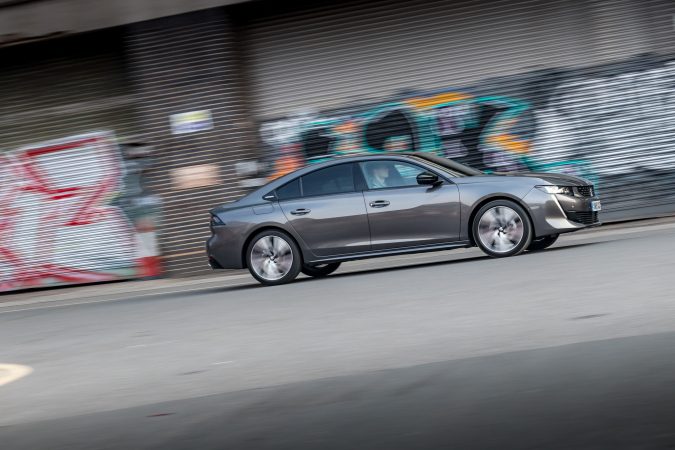Safety on the road often hinges on a series of decisions made long before a journey begins. For passengers, understanding common causes of injury is crucial – but what specific actions can reduce risk?
Here’s the lowdown on what you need to know, letting you prep properly and nip potentially life-changing harm in the bud.
Dangers to Contend With
Even with advances in automotive tech, calamities can still occur on the asphalt, so here are a few slip-ups that will more often than not lead to passenger injuries:
- Distractions Behind the Wheel: When the driver’s attention slips – whether as a result of a message on their phone or an animated conversation with the passenger – their ability to control the vehicle is compromised.
In fact, according to the National Highway Traffic Safety Administration, distracted driving claimed 3,308 lives in 2022.
- Not Wearing a Seat Belt: Seat belts save lives, yet some neglect this simple click that can cut their risk of fatal injury by 50%.
- Speeding: Excessive speed doesn’t just reduce reaction time – it magnifies force upon impact, escalating the severity of potential injuries. About 10% of vehicle users don’t wear seatbelts, and it’s more common among younger people.
- Impaired Driving: Alcohol and drugs impair cognition and coordination. Getting into a car with someone under the influence is like playing Russian roulette with your safety.
- Adverse Weather Conditions: Raindrops lash, visibility drops, and roads betray you – meaning adverse weather can turn familiar paths into treacherous tracks.
This list isn’t exhaustive but highlights prevalent factors contributing to passenger injuries. And, as Hollander Law Firm points out, passenger safety is a real problem nationally, with over 680,000 people hurt in crashes when they weren’t the ones behind the wheel.
Proactive Measures for Passenger Safety
Acknowledging risks paves the way for implementing countermeasures, so here’s a look at a few strategies designed to transform your travel from perilous to safe as houses:
- Eradicate Distractions: Conversations can wait, as can phone notifications. Encourage your driver to focus solely on the road ahead. Apps that lock phones while driving are an effective tool – but you also need to show restraint in starting conversations. Sticking on the radio and keeping the volume at a low level is a good way to avoid distractions and still keep the atmosphere enjoyable during a road trip.
- Champion Seat Belt Usage: Make buckling up a must, regardless of the seat or distance travelled – and apply this rule for not only yourself but everyone in the vehicle. If someone in the seat behind you is not wearing a belt and you get into a crash, this can lead to bad injuries or death for the both of you.
- Advocate for Safe Speeds: Remind your driver that speed limits are legal imperatives and also buffers against uncertainty. Maintaining a safe speed allows more time to react to hazards on the road ahead, and lessens the impact speed if a collision does occur.
- Establish Sobriety Standards: Opt for designated drivers, or switch to using taxi services or ride-sharing apps when alcohol is involved in your adventures.
- Monitor Weather Reports: Plan ahead with weather apps and delay trips or choose public transportation if conditions seem daunting. While you might feel like you’re being a party pooper, it’s better to be safe than sorry.
Embracing these approaches lets passengers and drivers alike contribute to a culture of conscientious driving, which is good for everyone who uses the roads – from electric bike riders to pedestrians.
Final Thoughts
Car crashes can ruin lives and also end them, so drivers and passengers alike have to take the likelihood of something going wrong seriously if they want to avoid becoming another statistic. Hopefully shining a light on this will help more people to look after themselves and others.



